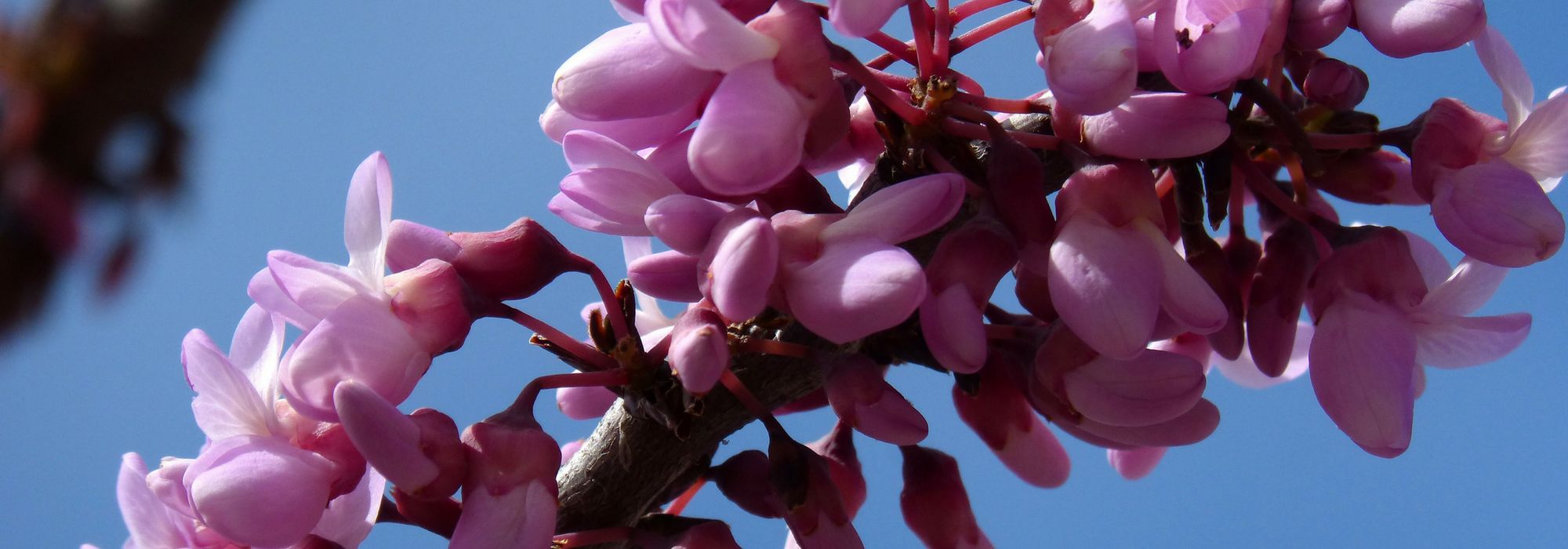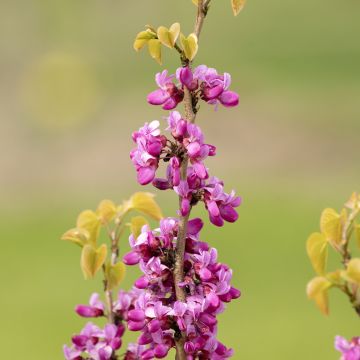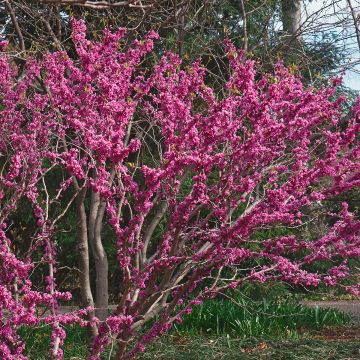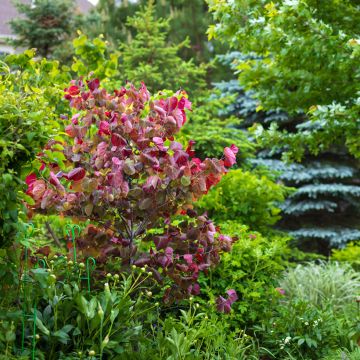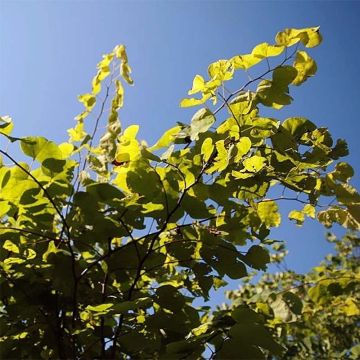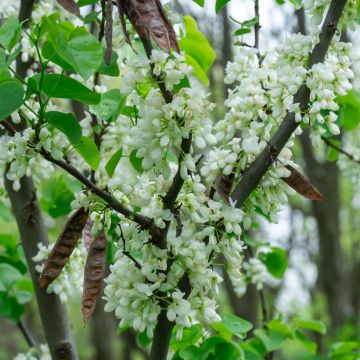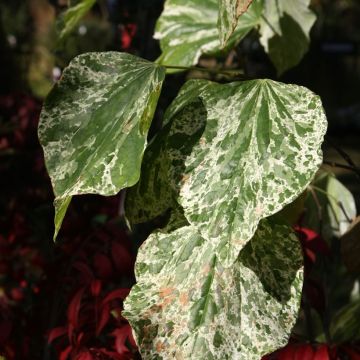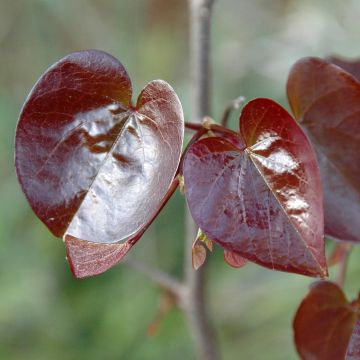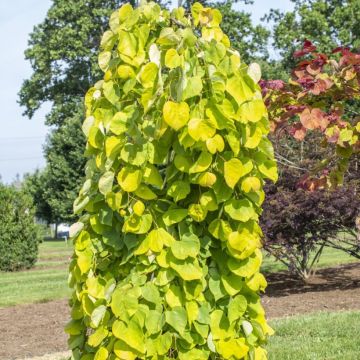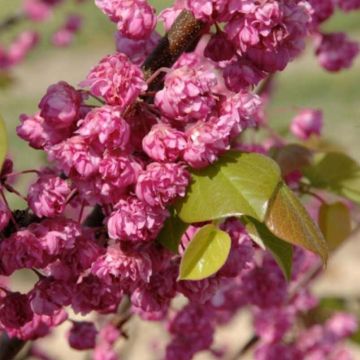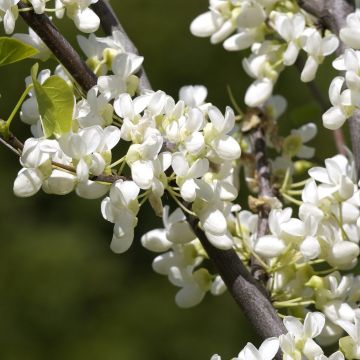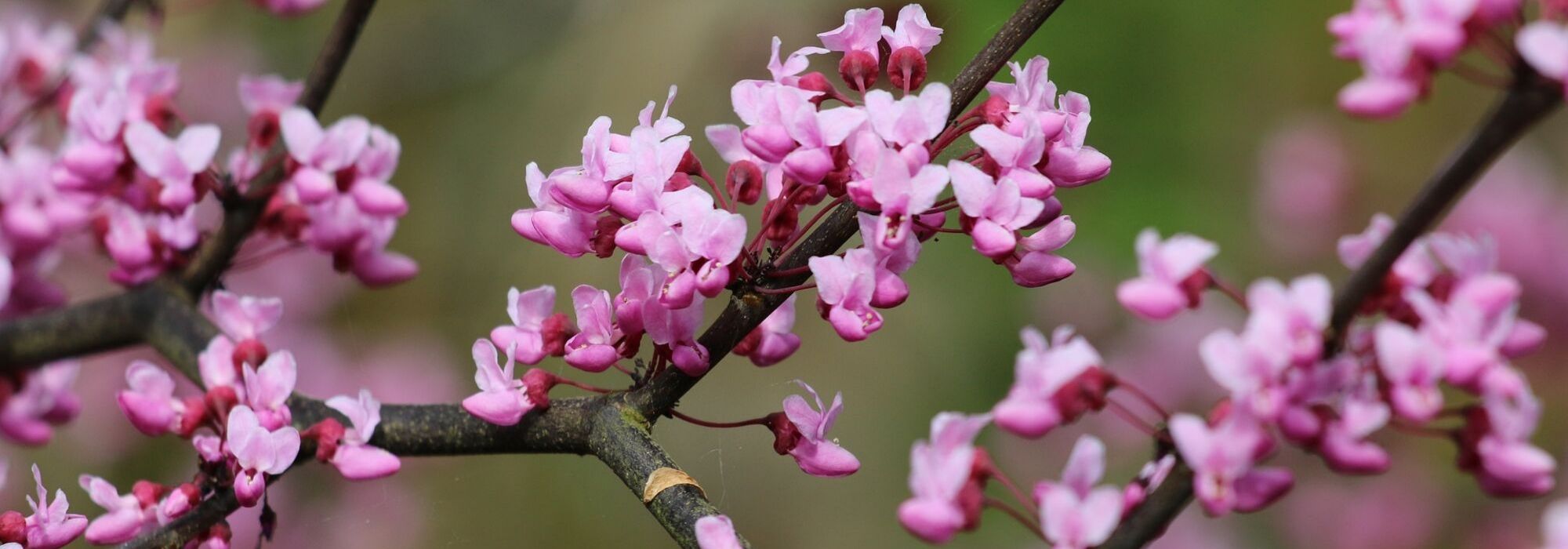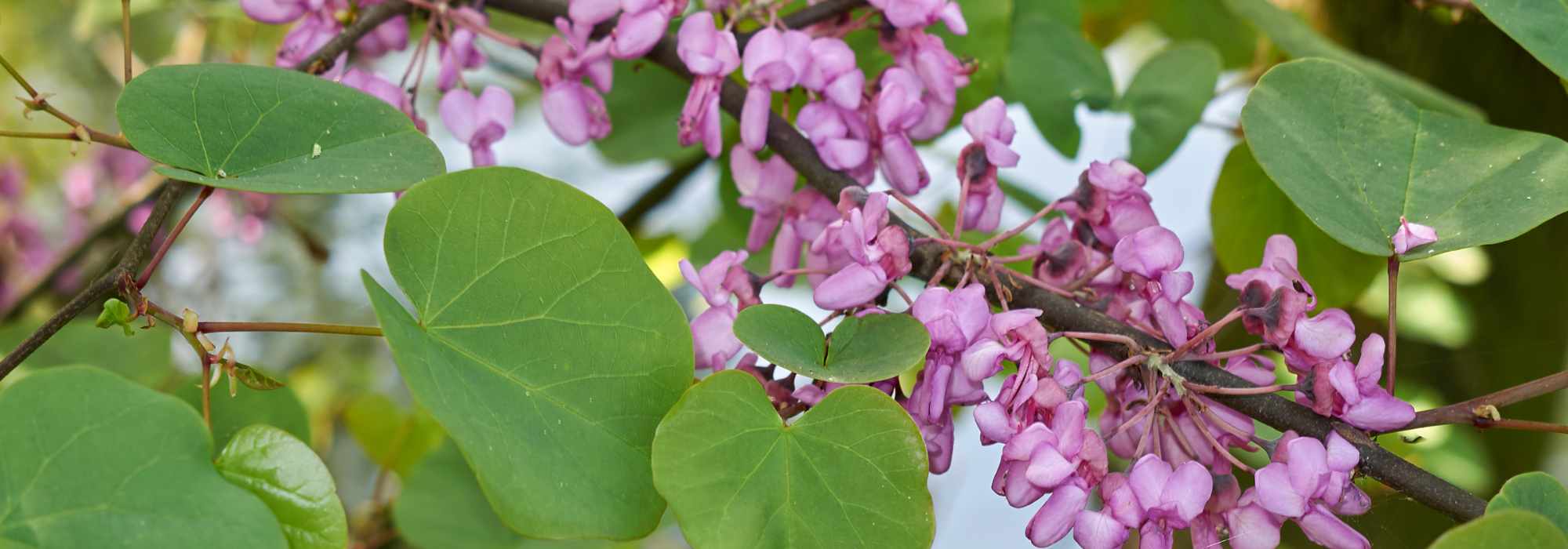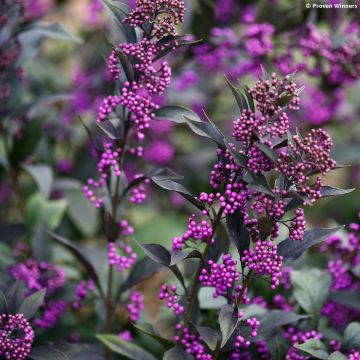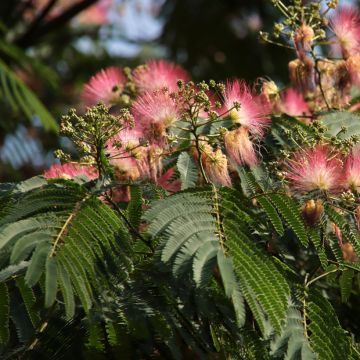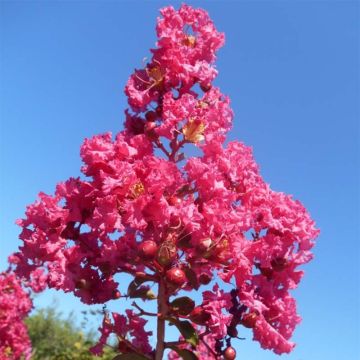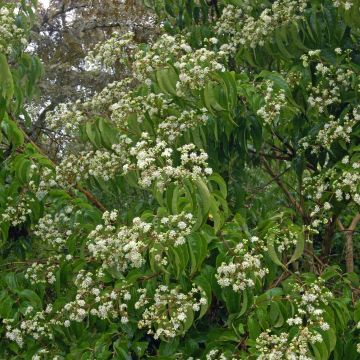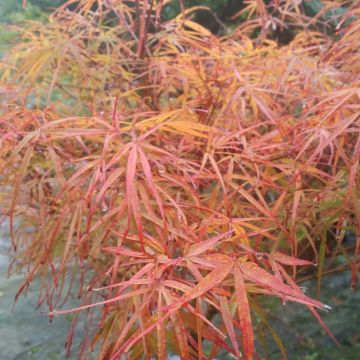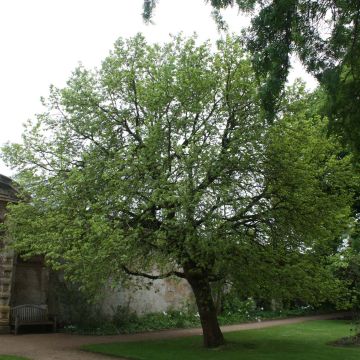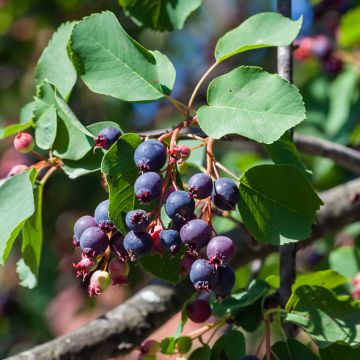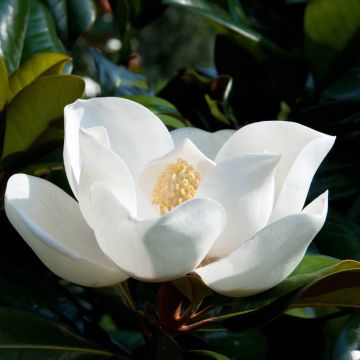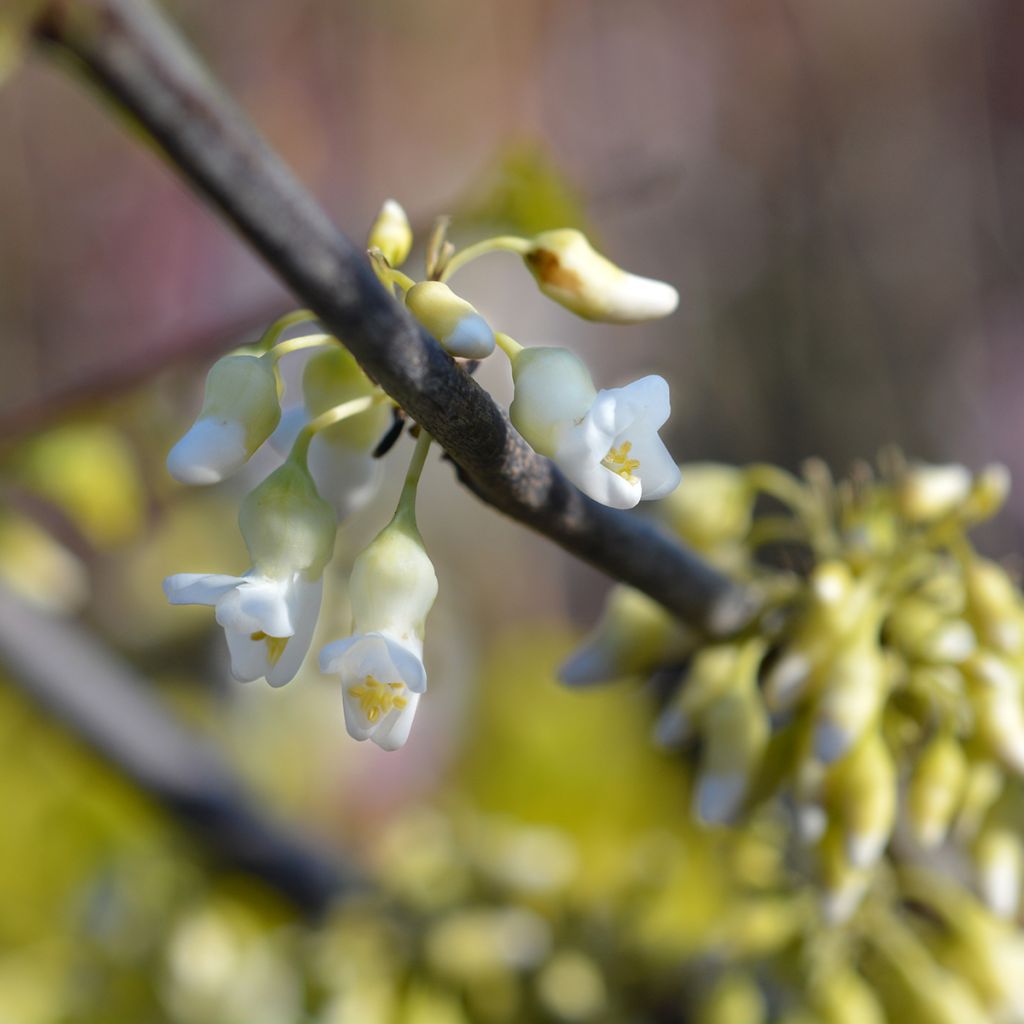

Cercis canadensis subsp. texensis Texas White - Eastern Redbud
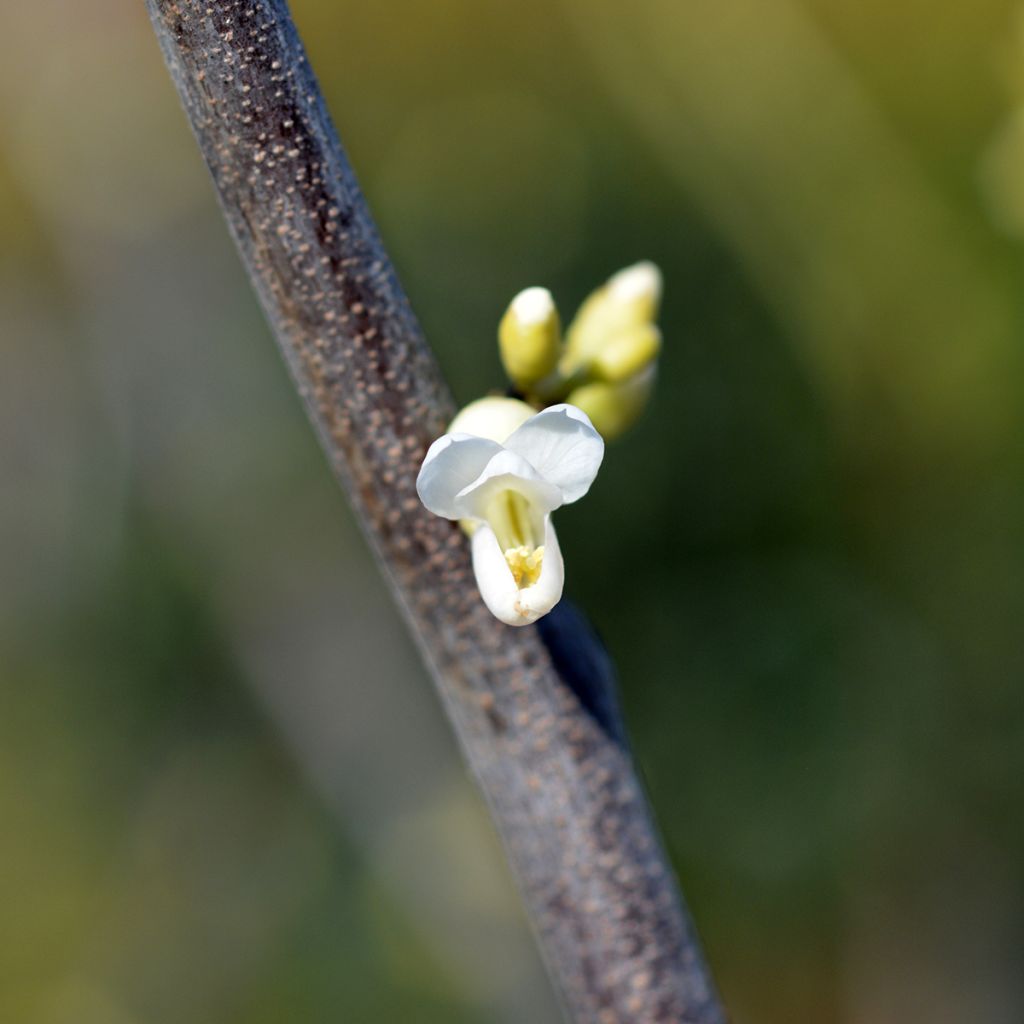

Cercis canadensis subsp. texensis Texas White - Eastern Redbud
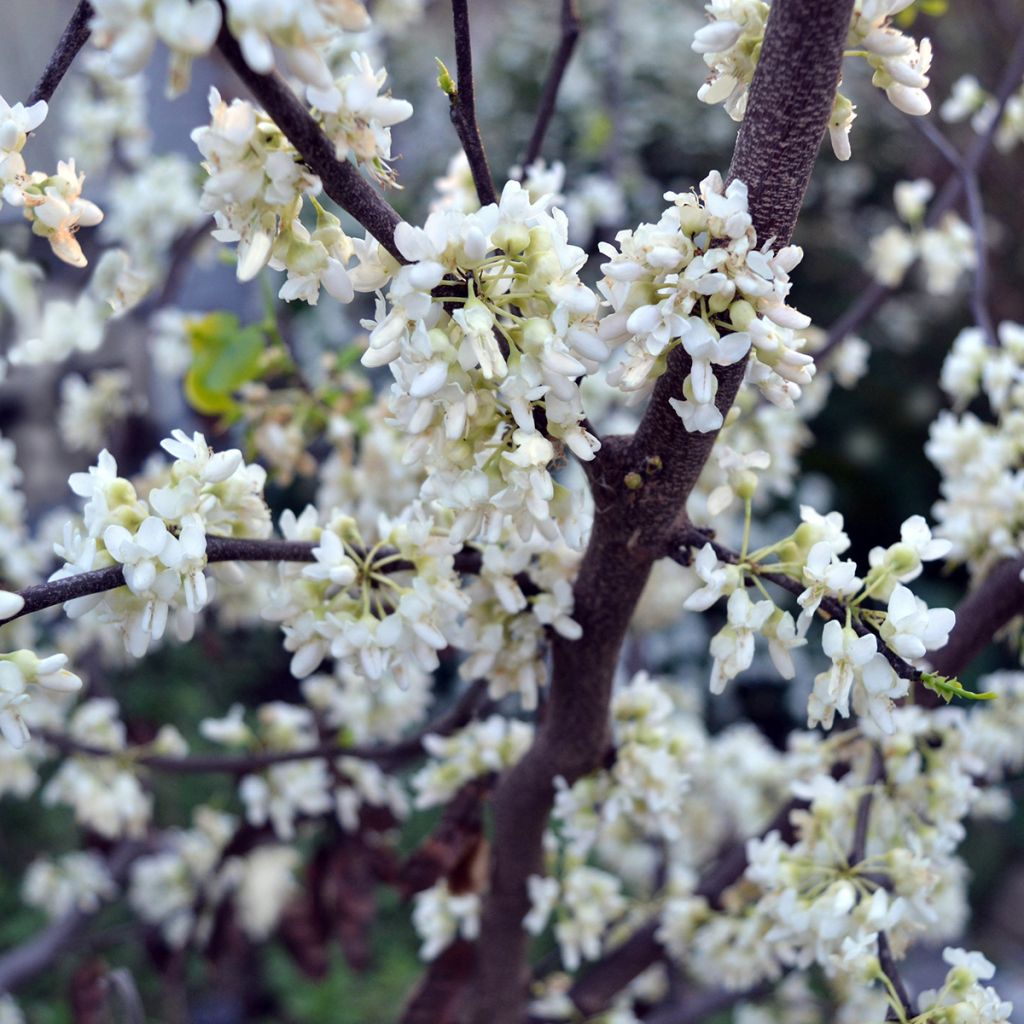

Cercis canadensis subsp. texensis Texas White - Eastern Redbud
Cercis canadensis subsp. texensis Texas White - Eastern Redbud
Cercis canadensis Texas White
Eastern Redbud, Canadian Redbud, American Redbud, Judas Tree
Special offer!
Receive a €20 voucher for any order over €90 (excluding delivery costs, credit notes, and plastic-free options)!
1- Add your favorite plants to your cart.
2- Once you have reached €90, confirm your order (you can even choose the delivery date!).
3- As soon as your order is shipped, you will receive an email containing your voucher code, valid for 3 months (90 days).
Your voucher is unique and can only be used once, for any order with a minimum value of €20, excluding delivery costs.
Can be combined with other current offers, non-divisible and non-refundable.
Home or relay delivery (depending on size and destination)
Schedule delivery date,
and select date in basket
This plant carries a 24 months recovery warranty
More information
We guarantee the quality of our plants for a full growing cycle, and will replace at our expense any plant that fails to recover under normal climatic and planting conditions.
Does this plant fit my garden?
Set up your Plantfit profile →
Description
Cercis canadensis 'Texas White' is a large bush with white papilionaceous flowers that are particularly melliferous. They appear directly on the naked wood, devoid of leaves in spring. Its dark green, heart-shaped leaves take over, then turn yellow in autumn. This is a large, cold-resistant bush, appreciated for its drought and heat tolerance. It will easily find its place in your garden or on your terrace. It prefers sun or partial shade and a rich, well-drained soil.
From the family of Fabaceae, Cercis canadensis is native to North America (United States and Canada). It is also known as the Canadian Redbud. It is a close cousin of the Judas tree, Cercis siliquastrum, which, unlike C. canadensis, is a tall tree that can reach 10m (33ft) in height. Cercis canadensis is more of a beautiful bush, even a small tree. But both have the peculiarity of having cauliflorous flowering. This means that the flowers appear directly on the wood, branches, and trunk. Other famous plants also have this specificity, for example, the cocoa tree (Theobroma cacao) or the papaya tree (Carica papaya).
The Canadian Redbud 'Texas White', obtained in 1970 by the American Nursery 'Germany Nursery', is a bush with a bushy habit that can reach 3 to 5m (10 to 16ft) in height and about 2.50m (8ft) wide. In April-May, before its deciduous foliage appears, its branches bear numerous small clusters of flowers resembling those of peas, with a beak and two small wings. They are white and melliferous. Sometimes followed by flat brown pods that remain on the bush for a long time. Its leaves are round, slightly heart-shaped, thick, and of a beautiful dark green colour. In autumn, they turn golden yellow before falling.
Easy to grow and cold-resistant, the Cercis canadensis 'Texas White' will find its place in all gardens and terraces as long as it is planted in the sun or partial shade in a rich, moist to dry, and well-drained soil. This variety is known to tolerate heat and drought. For planting in a pot, provide a large enough container. It will make a sensation as a standalone plant on a lawn or as a background in a flower bed, combined with other deciduous bushes like a Cornus florida or another redbud with pink flowers, such as 'Little Woody' or 'Traveller'.
If you decide to plant it as a standalone plant, pair it with a summer-flowering clematis, such as Clematis 'Asao', which will climb on its trunk and bloom when your redbud has finished flowering.
Cercis canadensis subsp. texensis Texas White - Eastern Redbud in pictures
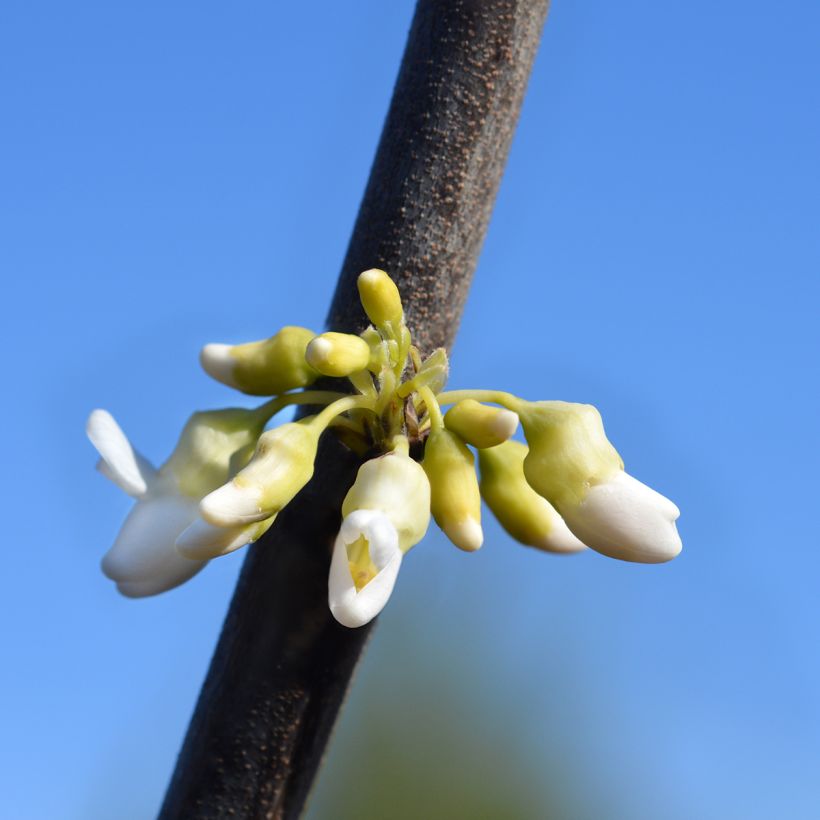

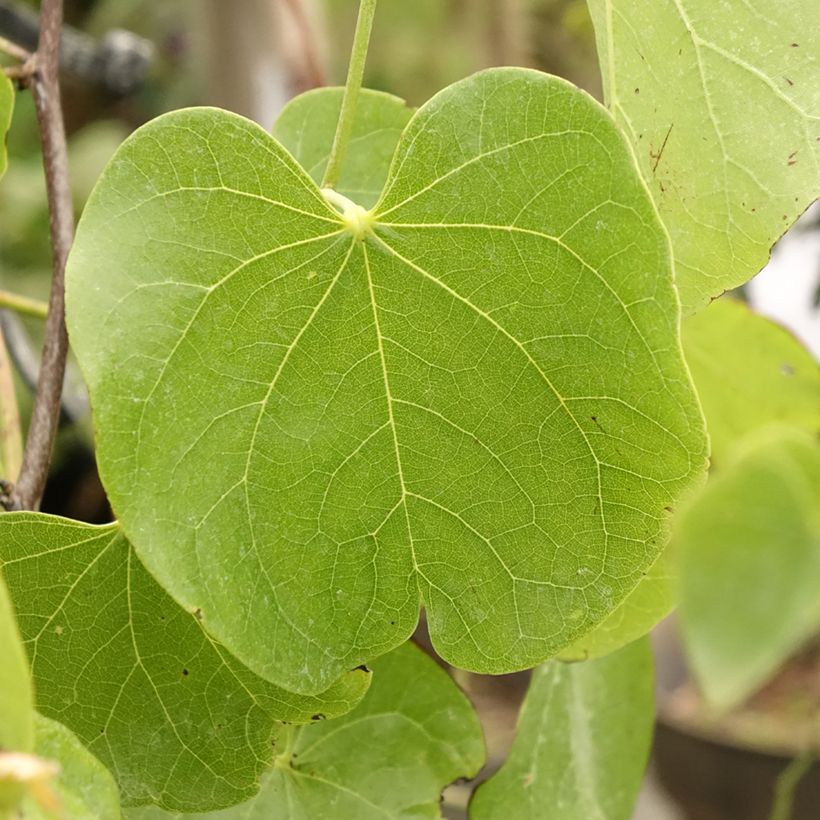

Plant habit
Flowering
Foliage
Botanical data
Cercis
canadensis
Texas White
Fabaceae
Eastern Redbud, Canadian Redbud, American Redbud, Judas Tree
Cultivar or hybrid
Other Cercis
View all →Planting and care
The 'Texas White' Cercis appreciates sun or partial shade in rich, moist, and well-drained soil. If the soil is poor, don't hesitate to add well-rotted compost or potting soil at the time of planting. Regularly water your young Cercis during the first summers, especially in case of prolonged drought. In autumn, mulch the young saplings to protect them from the cold.
Naturally bushy, pruning is not necessary. It becomes necessary if you want to train it into a tree with a trunk. In this case, you will need to prune, every year, at the end of winter, the lowest branches until you have achieved the desired trunk height.
Planting period
Intended location
Care
Planting & care advice
This item has not been reviewed yet - be the first to leave a review about it.
Similar products
Haven't found what you were looking for?
Hardiness is the lowest winter temperature a plant can endure without suffering serious damage or even dying. However, hardiness is affected by location (a sheltered area, such as a patio), protection (winter cover) and soil type (hardiness is improved by well-drained soil).

Photo Sharing Terms & Conditions
In order to encourage gardeners to interact and share their experiences, Promesse de fleurs offers various media enabling content to be uploaded onto its Site - in particular via the ‘Photo sharing’ module.
The User agrees to refrain from:
- Posting any content that is illegal, prejudicial, insulting, racist, inciteful to hatred, revisionist, contrary to public decency, that infringes on privacy or on the privacy rights of third parties, in particular the publicity rights of persons and goods, intellectual property rights, or the right to privacy.
- Submitting content on behalf of a third party;
- Impersonate the identity of a third party and/or publish any personal information about a third party;
In general, the User undertakes to refrain from any unethical behaviour.
All Content (in particular text, comments, files, images, photos, videos, creative works, etc.), which may be subject to property or intellectual property rights, image or other private rights, shall remain the property of the User, subject to the limited rights granted by the terms of the licence granted by Promesse de fleurs as stated below. Users are at liberty to publish or not to publish such Content on the Site, notably via the ‘Photo Sharing’ facility, and accept that this Content shall be made public and freely accessible, notably on the Internet.
Users further acknowledge, undertake to have ,and guarantee that they hold all necessary rights and permissions to publish such material on the Site, in particular with regard to the legislation in force pertaining to any privacy, property, intellectual property, image, or contractual rights, or rights of any other nature. By publishing such Content on the Site, Users acknowledge accepting full liability as publishers of the Content within the meaning of the law, and grant Promesse de fleurs, free of charge, an inclusive, worldwide licence for the said Content for the entire duration of its publication, including all reproduction, representation, up/downloading, displaying, performing, transmission, and storage rights.
Users also grant permission for their name to be linked to the Content and accept that this link may not always be made available.
By engaging in posting material, Users consent to their Content becoming automatically accessible on the Internet, in particular on other sites and/or blogs and/or web pages of the Promesse de fleurs site, including in particular social pages and the Promesse de fleurs catalogue.
Users may secure the removal of entrusted content free of charge by issuing a simple request via our contact form.
The flowering period indicated on our website applies to countries and regions located in USDA zone 8 (France, the United Kingdom, Ireland, the Netherlands, etc.)
It will vary according to where you live:
- In zones 9 to 10 (Italy, Spain, Greece, etc.), flowering will occur about 2 to 4 weeks earlier.
- In zones 6 to 7 (Germany, Poland, Slovenia, and lower mountainous regions), flowering will be delayed by 2 to 3 weeks.
- In zone 5 (Central Europe, Scandinavia), blooming will be delayed by 3 to 5 weeks.
In temperate climates, pruning of spring-flowering shrubs (forsythia, spireas, etc.) should be done just after flowering.
Pruning of summer-flowering shrubs (Indian Lilac, Perovskia, etc.) can be done in winter or spring.
In cold regions as well as with frost-sensitive plants, avoid pruning too early when severe frosts may still occur.
The planting period indicated on our website applies to countries and regions located in USDA zone 8 (France, United Kingdom, Ireland, Netherlands).
It will vary according to where you live:
- In Mediterranean zones (Marseille, Madrid, Milan, etc.), autumn and winter are the best planting periods.
- In continental zones (Strasbourg, Munich, Vienna, etc.), delay planting by 2 to 3 weeks in spring and bring it forward by 2 to 4 weeks in autumn.
- In mountainous regions (the Alps, Pyrenees, Carpathians, etc.), it is best to plant in late spring (May-June) or late summer (August-September).
The harvesting period indicated on our website applies to countries and regions in USDA zone 8 (France, England, Ireland, the Netherlands).
In colder areas (Scandinavia, Poland, Austria...) fruit and vegetable harvests are likely to be delayed by 3-4 weeks.
In warmer areas (Italy, Spain, Greece, etc.), harvesting will probably take place earlier, depending on weather conditions.
The sowing periods indicated on our website apply to countries and regions within USDA Zone 8 (France, UK, Ireland, Netherlands).
In colder areas (Scandinavia, Poland, Austria...), delay any outdoor sowing by 3-4 weeks, or sow under glass.
In warmer climes (Italy, Spain, Greece, etc.), bring outdoor sowing forward by a few weeks.






























